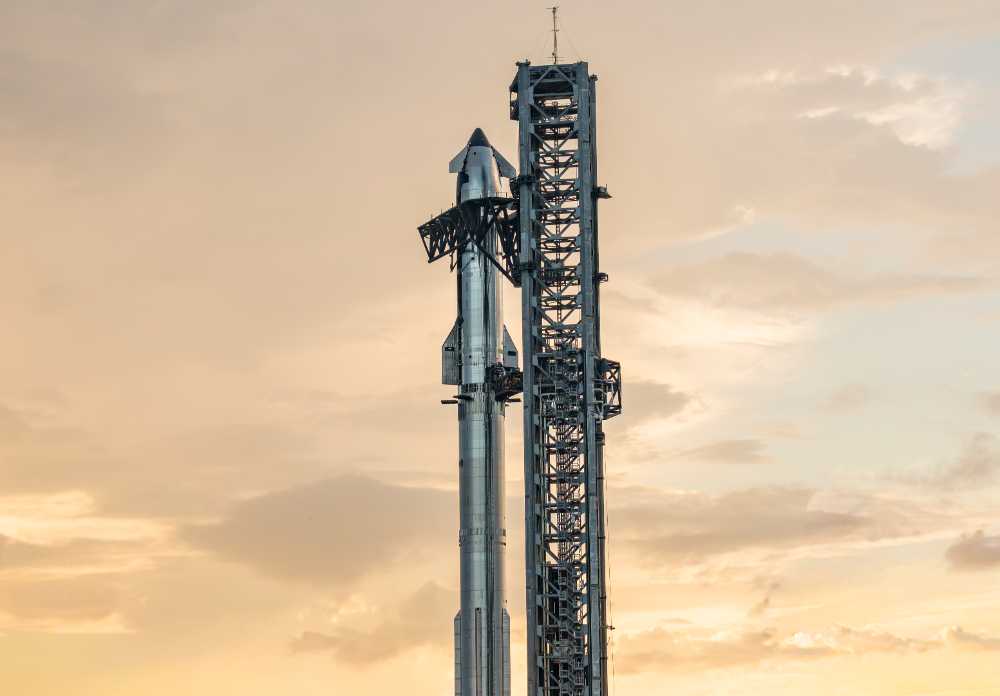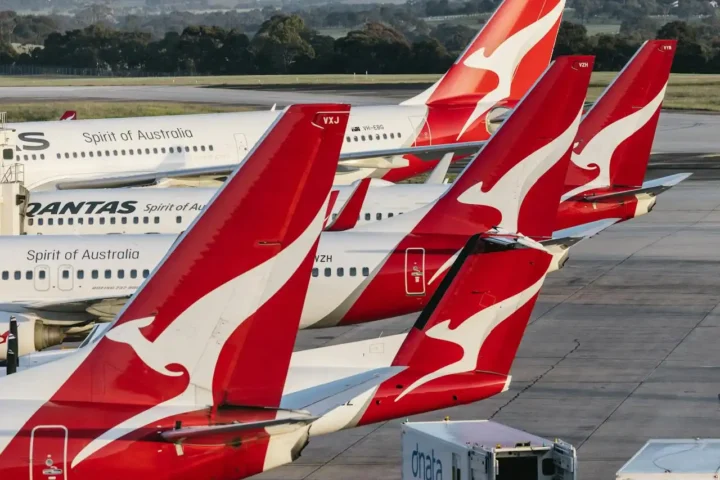SpaceX was forced to cancel its giant Starship rocket launch for the second day in a row on Monday, extending a streak of setbacks for the world’s most powerful rocket.
After scrubbing Sunday’s launch attempt due to a ground-side liquid oxygen leak, SpaceX faced new problems on Monday when anvil clouds appeared over the Starbase facility in Texas. These clouds posed a lightning risk that couldn’t clear in time during the launch window, leading to another postponement.
“Standing down from today’s flight test attempt due to weather,” SpaceX announced on its social media. The company is now targeting Tuesday, August 26, with a launch window starting around 7:30 p.m. Eastern Time.
This tenth test flight is crucial for SpaceX after a difficult year of development challenges. The company has seen three previous Starship test flights in 2025 fail, with two rockets exploding minutes after launch and another losing control during reentry.
Following May’s Flight 9 mission, SpaceX identified the cause as a failure in the methane tank pressurization diffuser that destabilized the vehicle. The company has since redesigned this component. Another setback occurred in June when a Starship exploded during ground testing, traced to a damaged component in the payload bay.
Similar Posts
When it finally launches, Flight 10 aims to achieve several important goals. The Super Heavy booster will attempt a controlled water landing in the Gulf of Mexico. The Starship upper stage will fly on a suborbital path targeting an Indian Ocean splashdown, perform an in-space engine restart, and deploy eight Starlink satellite simulators.
The stakes are high beyond just this single flight. NASA plans to use a Starship-derived lander for its Artemis III moon mission as early as 2027. SpaceX also needs Starship’s larger capacity to deploy its next-generation Starlink satellites.
“The stakes are the highest they’ve ever been for a Starship launch,” said Todd Harrison, a senior fellow at the American Enterprise Institute, though he added it’s not quite a “make or break” moment.
The Federal Aviation Administration (FAA) recently closed its Flight 9 mishap investigation and cleared Flight 10 to proceed. Separately, the FAA released a draft environmental impact statement for Starship operations at Kennedy Space Center, with public comment meetings beginning this week.
As SpaceX works through these challenges, it continues developing hardware improvements, including larger grid fins to improve descent control. The company has indicated only two more flights remain for the current vehicle generation before moving to a more ambitious iteration.



















